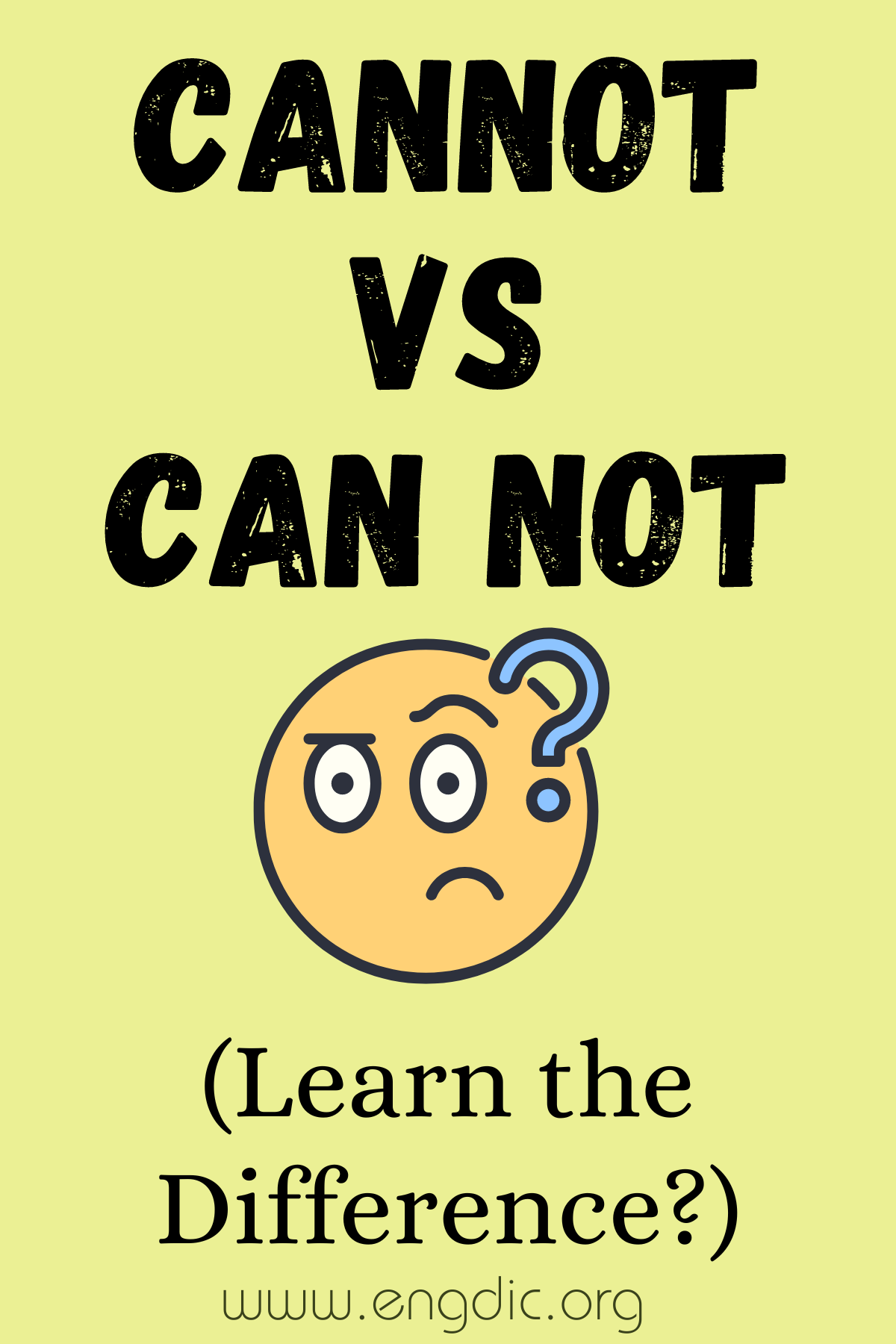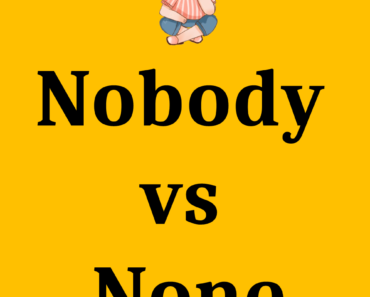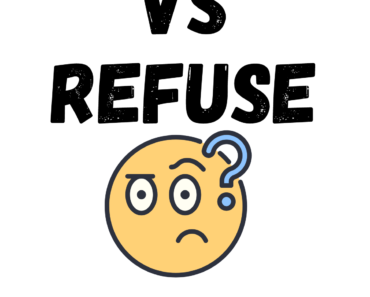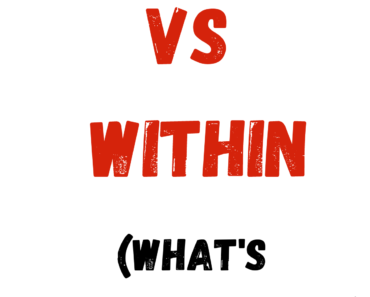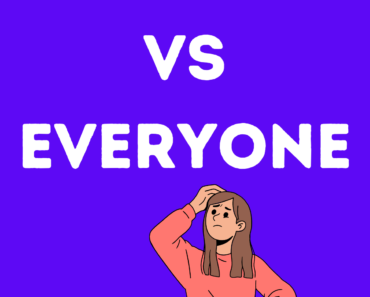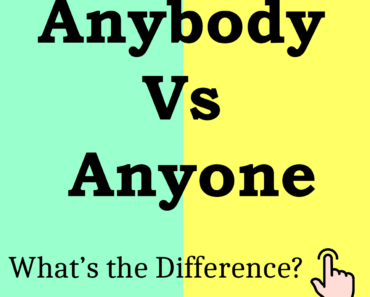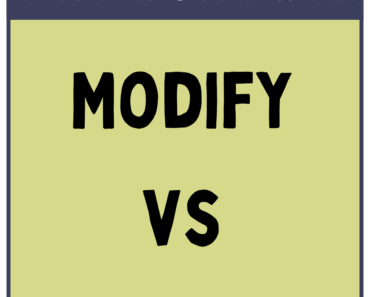“Cannot” is a single word that indicates the inability or impossibility of doing something. It conveys a straightforward message of negation. On the other hand, “can not” consists of two words and is used in specific contexts where emphasis on “can” and “not” is necessary, often to emphasize an alternative. This subtle distinction clarifies intent and nuance in communication.
Definitions and Usage
Cannot
Definition: “Cannot” is a modal verb indicating inability or impossibility. It combines “can” (a modal verb expressing ability or permission) and “not” (negation).
Usage:
- Inability: Expresses an inability to do something.
Example: “She cannot swim.” - Impossibility: Indicates that something is impossible.
Example: “You cannot visit the museum on Mondays.” - Prohibition: Signals that something is not allowed.
Example: “Visitors cannot bring food inside.”
Can Not
Definition: “Can not” separates “can” (modal verb) and “not” (negation) to emphasize the negation.
Usage:
- Emphasis: Separating “can” and “not” emphasizes negation, often indicating an alternative.
Example: “You can take the bus, or you can not go at all.” - Choice: In contexts where options are present, “can not” highlights the option of not doing something.
Example: “He can attend the meeting, or he can not.” - Contrasting Intent: “Can not” is sometimes used in creative or emphatic contexts to stress the choice of negation.
Example: “I can not tell you how much it means to me.”
In summary, “cannot” is standard for most cases of inability, while “can not” emphasizes choice or intent. Understanding this distinction ensures clarity in writing.
